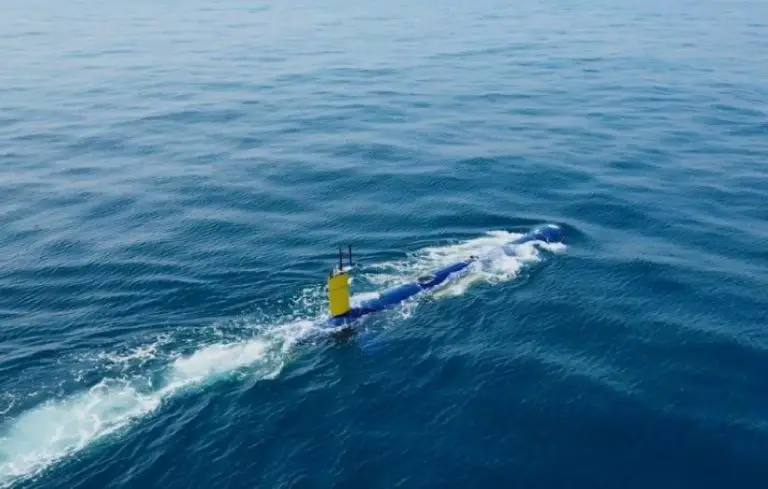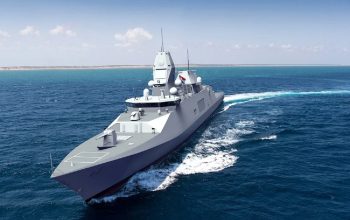In its recently held live-fire exercises, the Chinese People’s Liberation Army (PLA) Ground Force used long-range rocket artillery and anti-tank missiles, traditionally used against ground targets, to hit maritime targets on May 17, 2021. The PLA Ground Force can join the PLA Navy and other military branches in anti-ship missions. The PLA Ground Force Academy of Artillery and Air Defense recently held a live-fire exercise, using the HJ-10 anti-tank missile system against maritime targets on the shore of the Yellow Sea
The anti-tank missiles are weapon types traditionally designed to strike ground targets, but the PLA Army showed that they are versatile and can also play roles in anti-ship missions, thanks to advanced technologies domestically developed by China’s arms industry and the troops’ skilled techniques and tactics. The Ground Force can join the Navy, the Air Force and the Rocket Force in joint area denial tasks against hostile warships should they provoke close to China, and participate in landing and anti-landing operations.
HJ-10 (or “Red Arrow 10”) is a Chinese ground-launched anti-tank missile developed by Norinco. It has a tandem high-explosive anti-tank (HEAT) warhead, that may penetrate 1,400 mm (55 in) of conventional steel armour protected by explosive reactive armour. The maximum range is 10 km (6.2 mi), with pre- or post-launch lock-on. Air-launched variants for helicopters and drones have also been developed.














